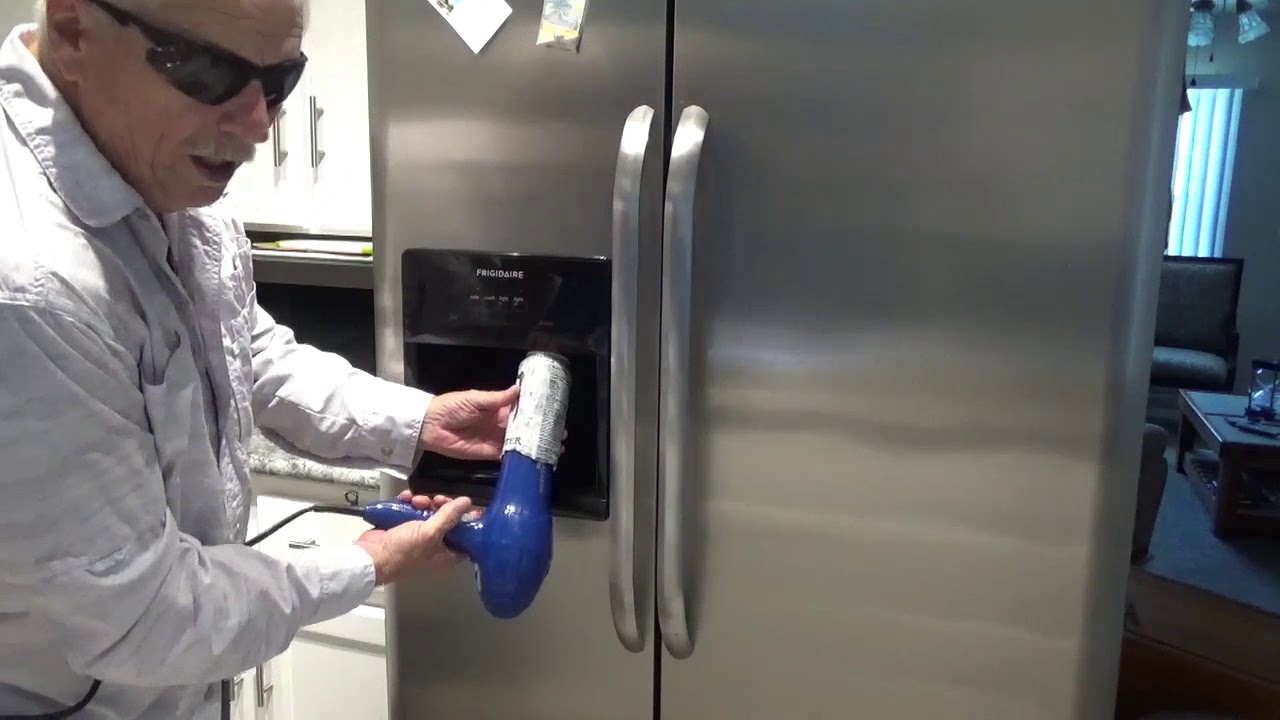

Articles
How To Keep Water Dispenser From Freezing
Modified: May 6, 2024
Learn useful articles on how to prevent your water dispenser from freezing, ensuring a continuous flow of refreshing water throughout the year.
(Many of the links in this article redirect to a specific reviewed product. Your purchase of these products through affiliate links helps to generate commission for Storables.com, at no extra cost. Learn more)
Introduction
Water dispensers are a convenient and efficient way to access clean and refreshing drinking water. However, one common issue that many people face with water dispensers is freezing. When the temperature drops, the water inside the dispenser can freeze, rendering it unusable. This can be frustrating, especially during the colder months.
In this article, we will explore the reasons behind water dispenser freezing and provide valuable insights on how to prevent it. By understanding the causes and implementing preventative measures, you can ensure that your water dispenser remains functional and keeps delivering chilled water even in cold weather.
Key Takeaways:
- Prevent water dispenser freezing by adjusting temperature settings, insulating the dispenser, and investing in a heated dispenser for extreme cold. Regular cleaning and maintenance are crucial for optimal performance and uninterrupted water supply.
- Understanding the causes of water dispenser freezing and implementing preventative measures such as adjusting temperature settings, insulating the dispenser, and investing in a heated dispenser can ensure continuous access to refreshing water, especially in cold weather.
Read more: How To Keep A Water Pump From Freezing
Understanding the Freezing Problem in Water Dispensers
Water dispensers work by cooling the water using a refrigeration process. When the water is exposed to extremely low temperatures, it can freeze, causing the dispenser to malfunction. There are a few factors that contribute to the freezing problem in water dispensers:
- Temperature Fluctuations: If the temperature in your surroundings drops below freezing point, the water inside the dispenser can easily freeze. This is particularly common in areas with cold climates.
- Poor Insulation: Insufficient insulation in the water dispenser can allow the cold air to penetrate inside, leading to freezing of the water. This is more likely to occur in older or poorly insulated dispensers.
- High Water Pressure: Excessive water pressure can cause the water to cool down quickly, increasing the chances of freezing.
- Water Level: Maintaining a low water level in the dispenser can cause the remaining water to freeze faster.
Now that we have identified the potential causes of water dispenser freezing, let’s delve into the methods to prevent this issue and keep your water dispenser in optimal working condition.
Methods to Prevent Water Dispenser from Freezing
If you’re tired of dealing with a frozen water dispenser, there are several effective methods you can try to prevent it from happening. These methods include:
Adjusting the Temperature Settings
One of the simplest ways to prevent water dispenser freezing is by adjusting the temperature settings. Most water dispensers have temperature controls that allow you to set the desired level of coldness. By slightly increasing the temperature, you can avoid extreme cooling that may lead to freezing. Experiment with different temperature settings until you find the right balance between chilled water and preventing freeze-ups.
Insulating the Water Dispenser
Insulating your water dispenser is another effective approach to prevent freezing. Insulation helps to maintain a consistent temperature inside the dispenser and protects it from external cold air. There are various ways to insulate your dispenser:
- Apply an insulating sleeve or wrap around the dispenser. These are readily available in stores or can be custom-made using foam or insulation materials. Make sure the insulation covers the entire dispenser, including the water reservoir and spout.
- Place the dispenser in a cabinet or enclosed space. This provides an added layer of protection from freezing temperatures.
- Keep the dispenser away from windows or other drafty areas that may expose it to cold drafts.
Using a Heated Water Dispenser
If you live in an area with extremely cold winters, investing in a heated water dispenser may be a suitable solution. Heated water dispensers have built-in heating elements that prevent the water from freezing. These dispensers are designed to regulate the water temperature and maintain it at an optimal level, ensuring a constant supply of warm or hot water even in frigid conditions.
Regularly Cleaning and Maintaining the Dispenser
Proper maintenance plays a vital role in preventing water dispenser freezing. Regularly clean the dispenser and remove any ice build-up. Check for any leaks or cracks that may contribute to freezing and fix them promptly. Additionally, ensure that the ventilation areas of the dispenser are clean and unobstructed to allow for proper airflow.
By implementing these preventative measures, you can significantly reduce the chances of water dispenser freezing and enjoy uninterrupted access to refreshing water throughout the year.
Adjusting the Temperature Settings
One effective method to prevent your water dispenser from freezing is by adjusting the temperature settings. Most water dispensers have temperature controls or settings that allow you to regulate the coldness of the water. By making slight adjustments, you can find the perfect balance between keeping the water chilled and avoiding freeze-ups.
Here are a few tips to help you adjust the temperature settings of your water dispenser:
- Refer to the User Manual: The first step is to consult the user manual that came with your water dispenser. It will provide specific instructions on how to adjust the temperature settings for your particular model.
- Start with the default setting: If you’re unsure of the optimal temperature for your water dispenser, start with the default setting recommended by the manufacturer. This will typically be a standard cold temperature that is suitable for most households.
- Monitor the water temperature: Once you have set the initial temperature, closely monitor the water temperature for a few days. Check the water regularly to ensure it is cool but not excessively cold. If you notice that the water is freezing or becoming too cold, it’s an indication that you need to adjust the temperature settings.
- Make gradual adjustments: When fine-tuning the temperature, make small and gradual changes to avoid sudden temperature swings. Start by increasing the temperature slightly and then observe the water temperature over a day or two. Continue making gradual adjustments until you find the right balance.
- Consider external factors: Take into account the external temperature and the location of your water dispenser. If your dispenser is placed in an area that is prone to colder temperatures, you may need to adjust the temperature settings accordingly to prevent freezing.
Remember that finding the optimal temperature setting for your water dispenser may require some trial and error. It’s important to be patient and make small adjustments until you achieve the desired coldness without the risk of freezing.
With a properly adjusted temperature, you can ensure the functionality of your water dispenser and enjoy a constant supply of refreshing and cool water all year round.+
Insulating the Water Dispenser
Insulating your water dispenser is a highly effective method to prevent freezing and ensure its optimal performance. Insulation helps to maintain a consistent temperature inside the dispenser, protecting it from extreme cold and reducing the risk of water freezing.
Here are some practical ways to insulate your water dispenser:
- Use an insulating sleeve or wrap: Insulating sleeves or wraps are specifically designed to provide insulation for water dispensers. They are made of materials like neoprene or foam and are readily available in stores. Simply wrap the insulating sleeve around the entire dispenser, covering the water reservoir, spout, and any exposed pipes. This added layer of insulation helps to retain the heat and prevent the water from freezing.
- Create a DIY insulation cover: If you’re unable to find a suitable insulating sleeve, you can create your own DIY insulation cover. Use materials such as foam sheets or bubble wrap to wrap around the dispenser. Ensure that you cover all exposed areas thoroughly, leaving no gaps for cold air to penetrate.
- Place the dispenser in an enclosed space: Another effective way to insulate your water dispenser is by placing it in a cabinet or enclosed space. This helps to shield the dispenser from direct exposure to cold drafts and keeps the surrounding temperature more stable. Choose a location that is away from windows, doors, or other sources of cold air, as these can impact the overall temperature of the dispenser.
- Utilize heat-resistant materials: Consider using heat-resistant materials to enhance the insulation of your water dispenser. For example, you can place a heat-resistant mat or tray underneath the dispenser to provide an additional layer of insulation from cold surfaces.
By insulating your water dispenser, you create a barrier against the cold air, reducing the chances of water freezing and ensuring a continuous supply of chilled water. Additionally, insulation can also help improve energy efficiency by reducing heat loss, which can save on electricity costs in the long run.
Remember to regularly check the insulation and make any necessary adjustments or replacements. Over time, insulation materials can wear out or become damaged, compromising their effectiveness. By keeping the insulation in good condition, you can enjoy a properly functioning water dispenser throughout the year.
Using a Heated Water Dispenser
If you live in an area with extremely cold winters or if you frequently encounter freezing temperatures, using a heated water dispenser may be a practical solution to prevent freezing and ensure a constant supply of warm or hot water.
A heated water dispenser is specially designed with built-in heating elements that regulate the water temperature, preventing freezing even in sub-zero temperatures. Here are some key benefits and considerations when using a heated water dispenser:
- Reliable temperature control: Heated water dispensers offer precise temperature control, allowing you to choose the desired level of warmth for your water. This provides convenience, especially during colder weather when having access to warm water is essential.
- Prevents freezing: The primary advantage of using a heated water dispenser is its ability to prevent water from freezing, ensuring a continuous flow of water even in freezing conditions. The heating elements within the dispenser keep the water temperature at a consistent level, eliminating the risk of freezing.
- Energy-efficient functionality: Most heated water dispensers are equipped with energy-saving features to maintain an optimal temperature while minimizing energy consumption. This helps to reduce electricity costs, making it an economical choice in the long run.
- Considerations for installation and maintenance: Before purchasing a heated water dispenser, ensure that you have access to a suitable power source. Additionally, regularly clean and maintain the dispenser as specified by the manufacturer to ensure it continues to function properly and provide reliable heating.
When selecting a heated water dispenser, consider the capacity and features that best suit your needs. Some models offer additional functionalities such as adjustable temperature settings, timers, and automatic shut-off features. These extra features can enhance convenience and customization based on your specific preferences.
With a heated water dispenser, you can enjoy a continuous supply of warm water, even in the coldest temperatures. This provides added comfort and convenience, especially during winter months when access to warm water becomes vital for various purposes, such as preparing beverages or cooking.
Remember to follow the manufacturer’s instructions for usage and maintenance to ensure the reliable and safe operation of the heated water dispenser. With this appliance, freezing water becomes a thing of the past, and you can confidently enjoy warm or hot water whenever you need it.
To keep a water dispenser from freezing, try placing a small desk lamp near the dispenser to generate heat and prevent freezing during cold weather.
Regularly Cleaning and Maintaining the Dispenser
Proper cleaning and maintenance are essential to prevent water dispenser freezing and ensure its optimal performance. Regular maintenance can help identify any issues or potential problems before they escalate. Here are some important tips to keep your water dispenser clean and well-maintained:
- Follow the manufacturer’s guidelines: Read the user manual provided by the manufacturer for specific instructions on how to clean and maintain your water dispenser. Manufacturers often provide step-by-step guidelines tailored to their specific models.
- Unplug the dispenser: Before cleaning or performing any maintenance tasks, unplug the water dispenser from the electrical outlet. This ensures your safety and prevents any unnecessary accidents.
- Empty and clean the water reservoir: Regularly empty the water reservoir and thoroughly clean it to remove any sediment or deposits that can accumulate over time. Use a mixture of mild soap and warm water, and rinse it thoroughly to ensure no residue is left behind. Avoid using harsh chemicals or abrasive cleaners that can damage the dispenser.
- Clean the spout and faucet: The spout and faucet can also collect dirt, bacteria, and mineral deposits. Regularly clean these areas using a brush and a mild cleaner to prevent clogs and ensure the flow of water is not obstructed.
- Check for leaks or cracks: Inspect your water dispenser for any signs of leaks or cracks. Even small leaks can lead to freezing, so it’s essential to fix them promptly. If you notice any issues, contact a professional technician or the manufacturer for repairs.
- Wipe down the exterior: Clean the exterior of the water dispenser regularly using a damp cloth to remove any dust or grime. Pay attention to the ventilation areas to ensure proper airflow and prevent any buildup that can affect the cooling system.
- Replace filters as needed: If your water dispenser uses filters, follow the manufacturer’s recommendations for replacing them. Water filters help remove impurities and maintain water quality, ensuring your dispenser functions properly.
By implementing a regular cleaning and maintenance routine, you can extend the lifespan of your water dispenser and prevent freezing-related issues. These tasks can help identify and address any potential problems before they become major concerns.
Remember to always refer to the manufacturer’s guidelines for specific cleaning and maintenance instructions. Following these recommendations will ensure the longevity and optimal performance of your water dispenser, providing you with clean and refreshing water whenever you need it.
Conclusion
Preventing water dispenser freezing is essential to maintain a continuous supply of clean and refreshing water, especially during colder months or in areas with freezing temperatures. By understanding the causes of freezing and implementing preventative measures, you can ensure the optimal performance of your water dispenser.
Adjusting the temperature settings is a simple yet effective way to prevent freezing. By finding the right balance between coldness and avoiding extreme cooling, you can significantly reduce the risk of water dispenser freeze-ups. Insulating the dispenser is also crucial, as it helps to maintain a consistent temperature inside and protects it from external cold air.
For areas with extremely cold winters, investing in a heated water dispenser is a smart choice. These dispensers come equipped with built-in heating elements that prevent water from freezing, ensuring a constant supply of warm or hot water.
Regular cleaning and maintenance play a vital role in preventing freezing and maintaining the functionality of your water dispenser. Cleaning the water reservoir, spout, and exterior, as well as checking for leaks or cracks, helps to identify and address potential issues. Additionally, replacing filters and following manufacturer guidelines ensures optimal performance and clean water quality.
In conclusion, by implementing these methods and incorporating regular cleaning and maintenance, you can keep your water dispenser free from freezing and enjoy a constant supply of chilled, warm, or hot water throughout the year. Remember to consult the manufacturer’s guidelines and take necessary precautions to keep your water dispenser operating smoothly for years to come.
Once you've mastered keeping your water dispenser from freezing, why not tackle other home appliance issues? If your fridge is acting up, don't fret. Our next guide covers everything you need to know about fixing common refrigerator problems. From strange noises to cooling issues, we make refrigerator repair straightforward and stress-free. So, keep your kitchen running smoothly by checking out our helpful tips next.
Frequently Asked Questions about How To Keep Water Dispenser From Freezing
Was this page helpful?
At Storables.com, we guarantee accurate and reliable information. Our content, validated by Expert Board Contributors, is crafted following stringent Editorial Policies. We're committed to providing you with well-researched, expert-backed insights for all your informational needs.
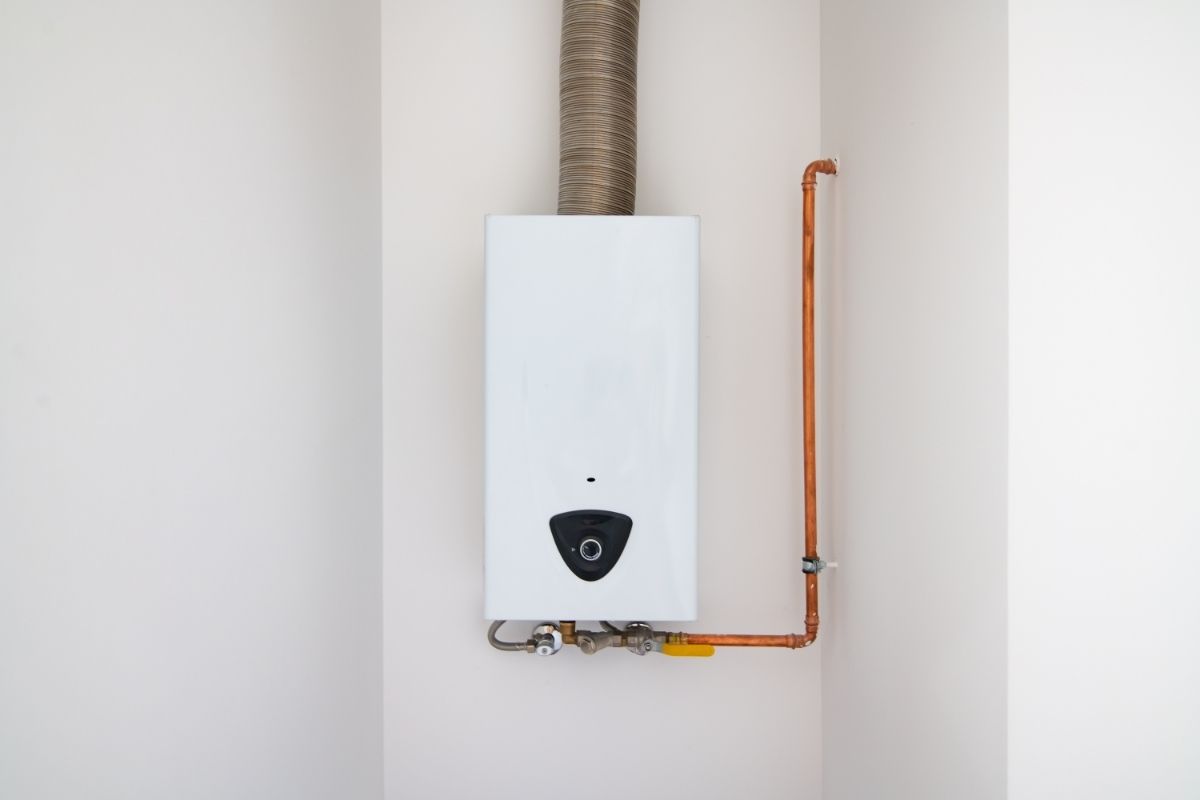
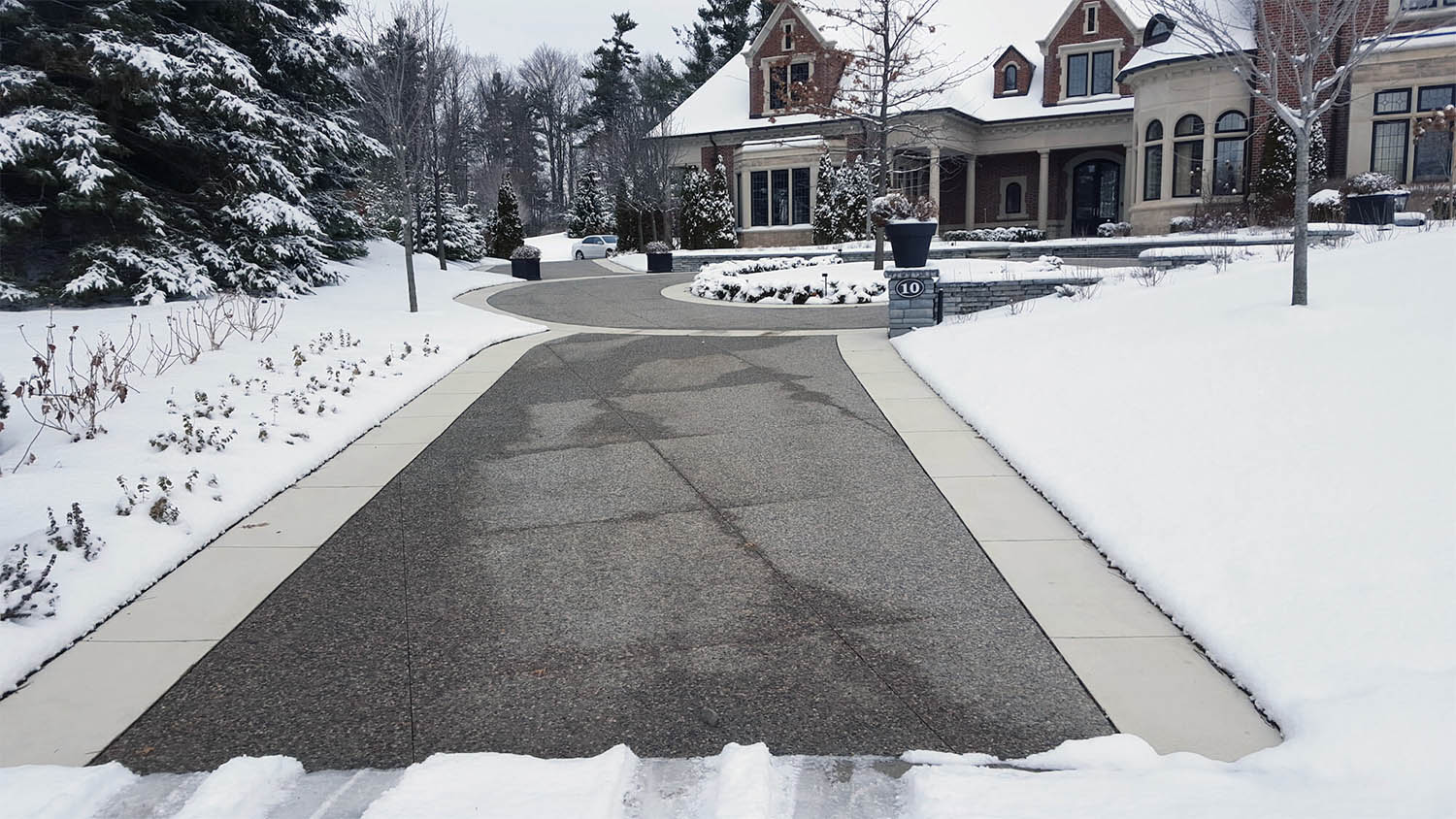
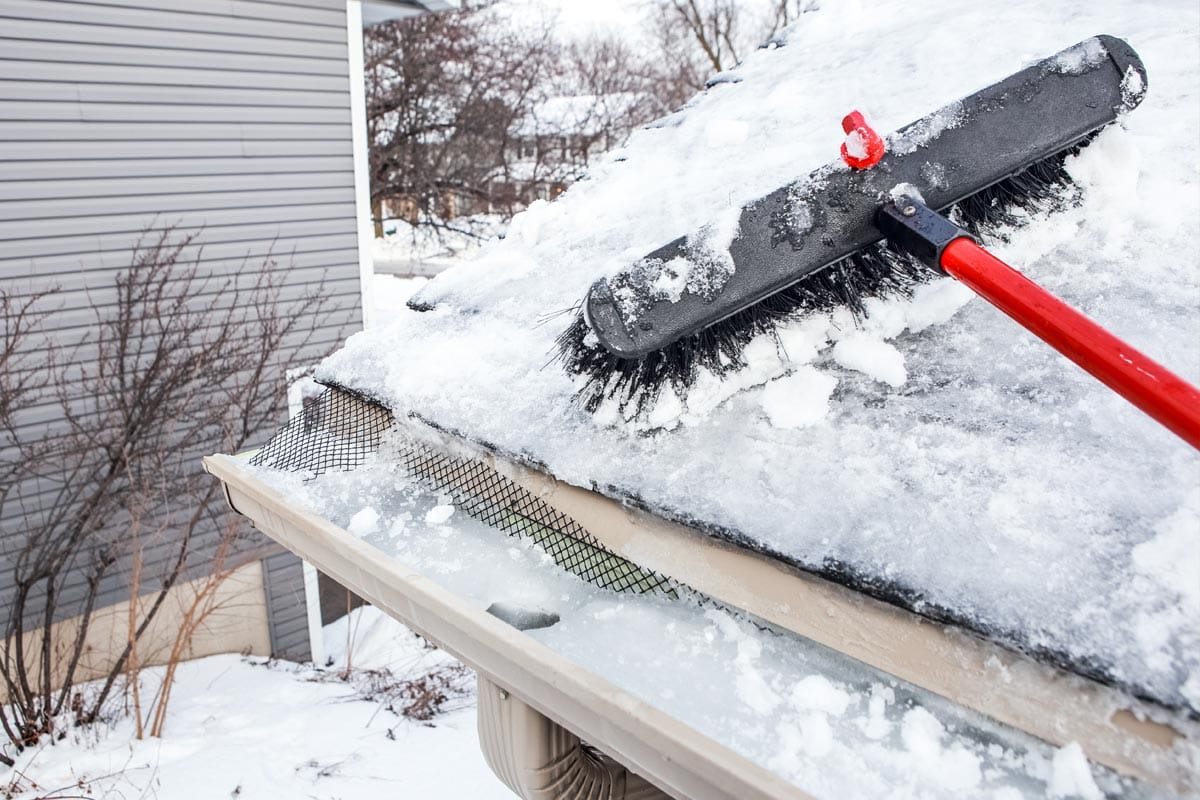
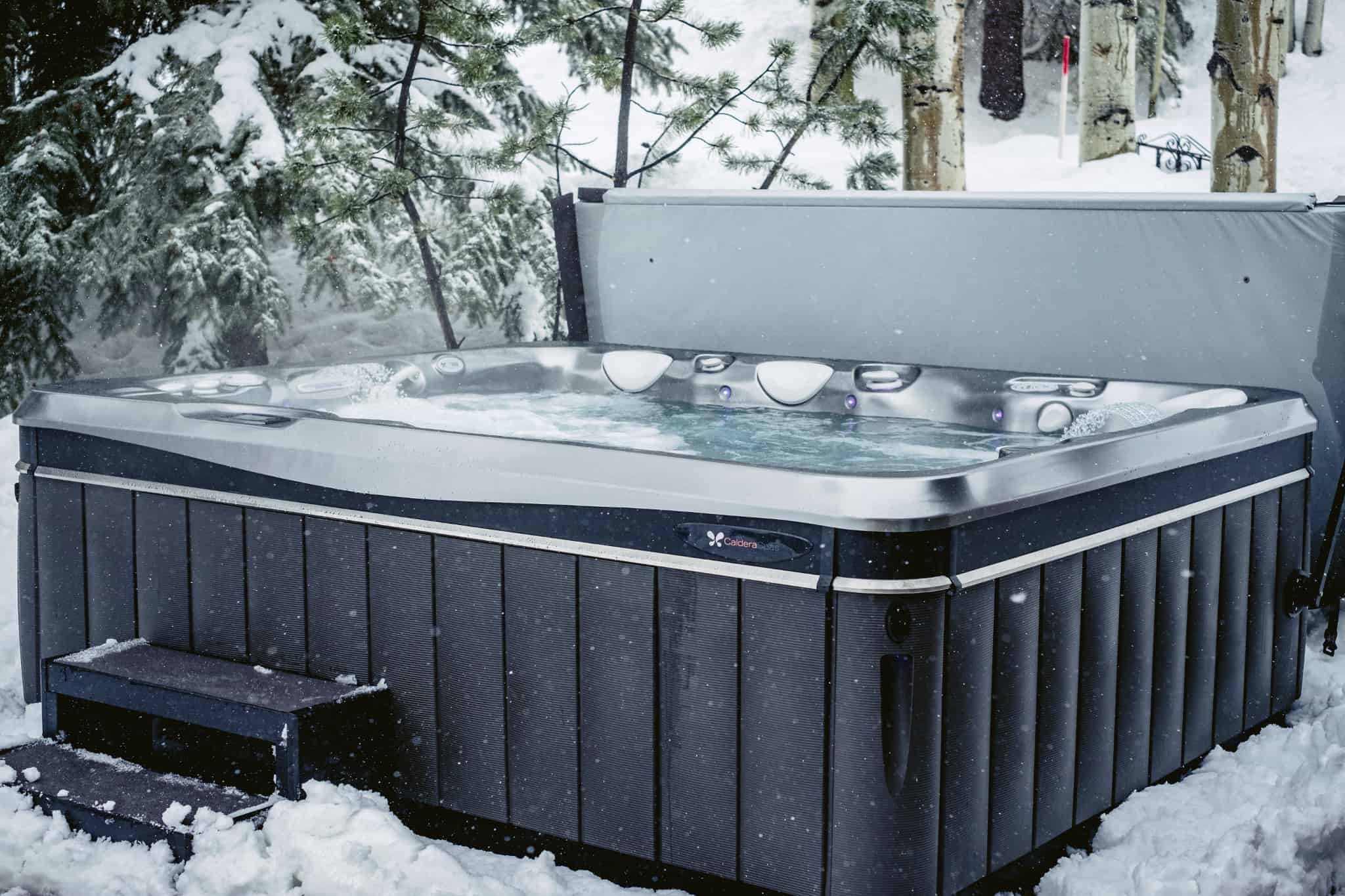
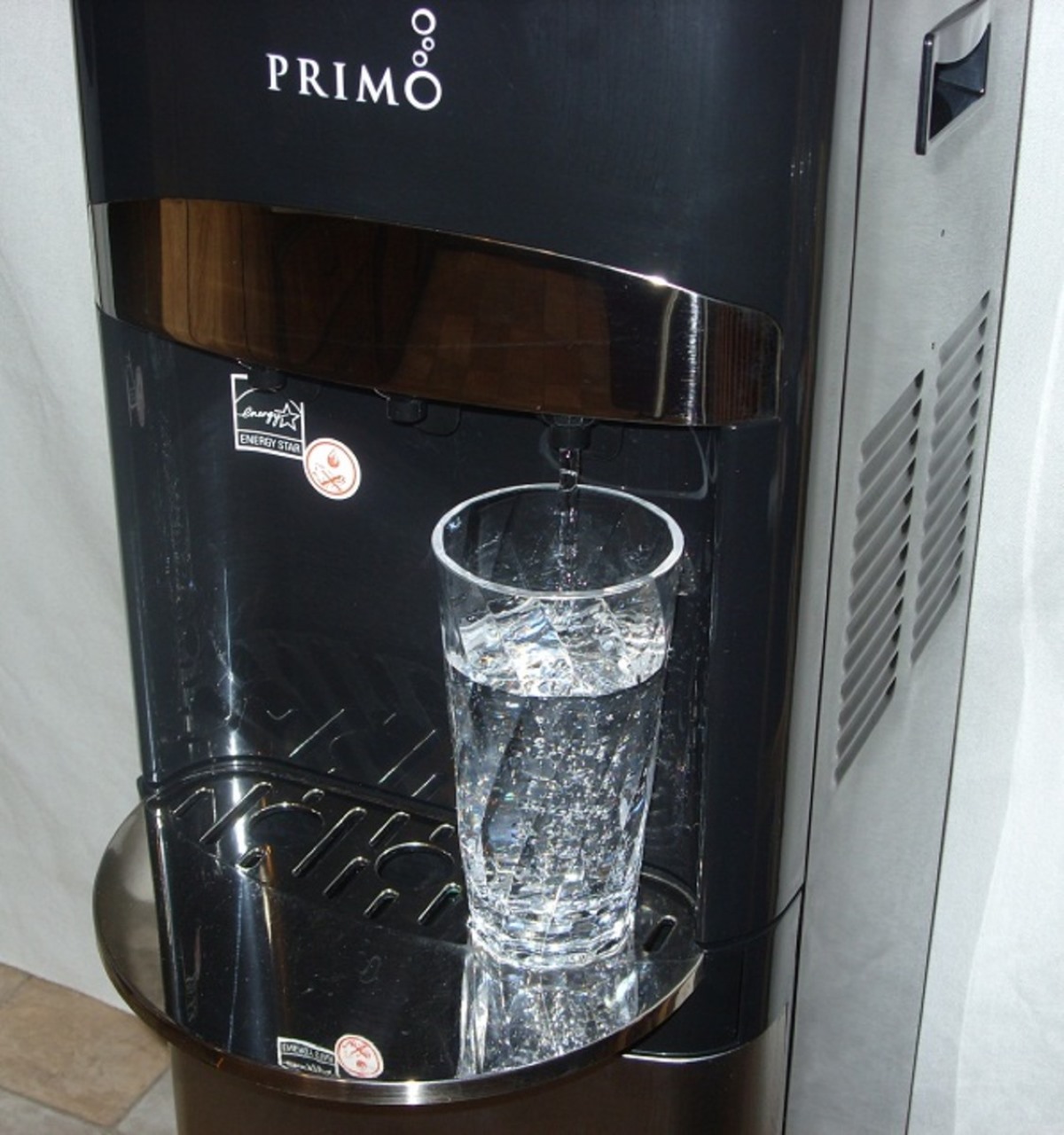
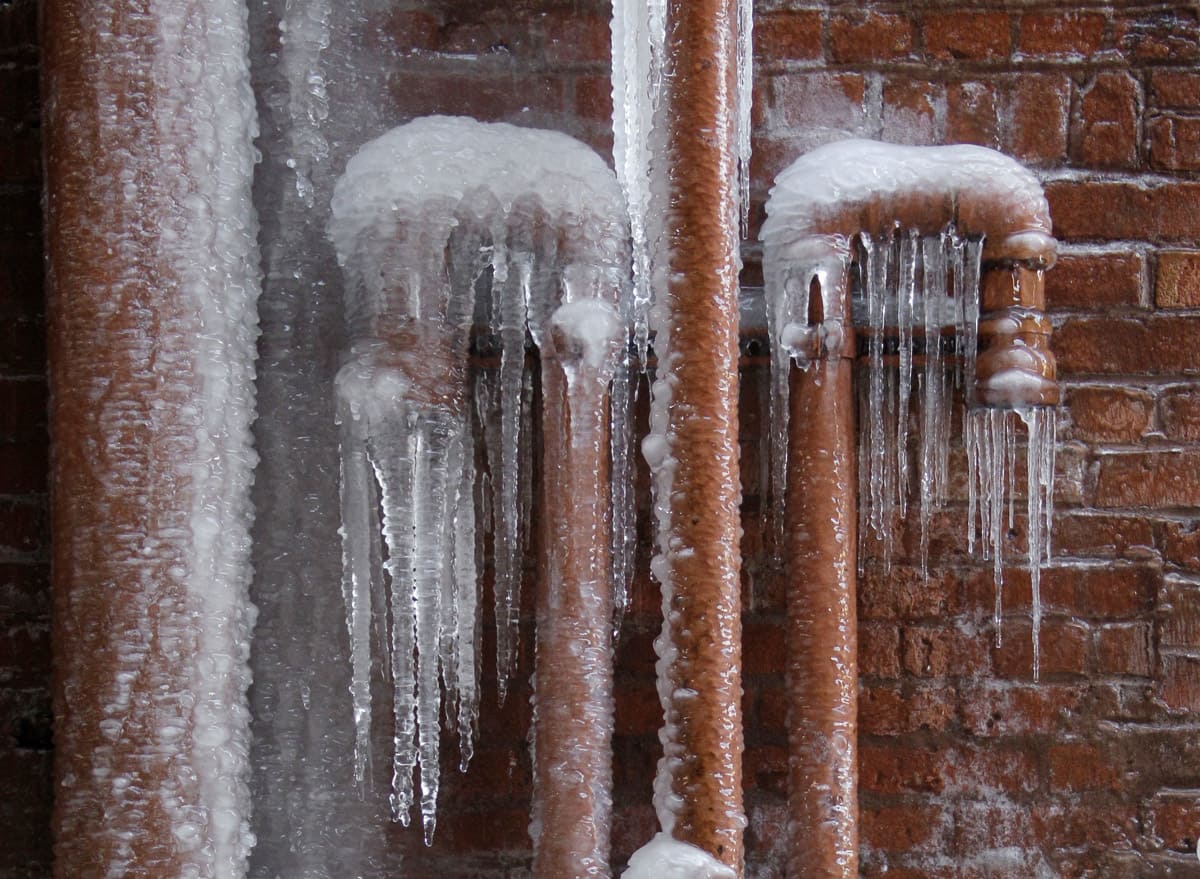
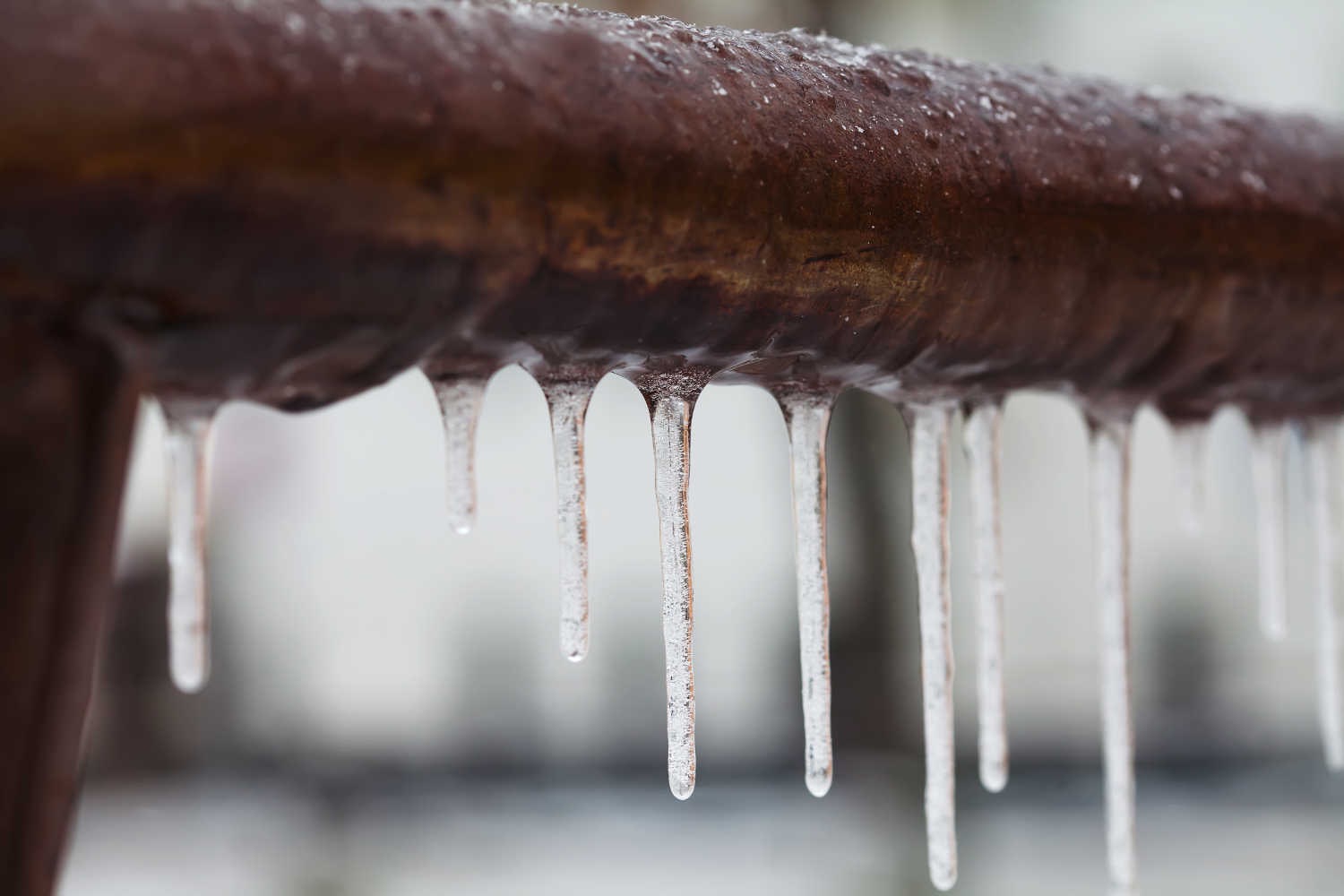
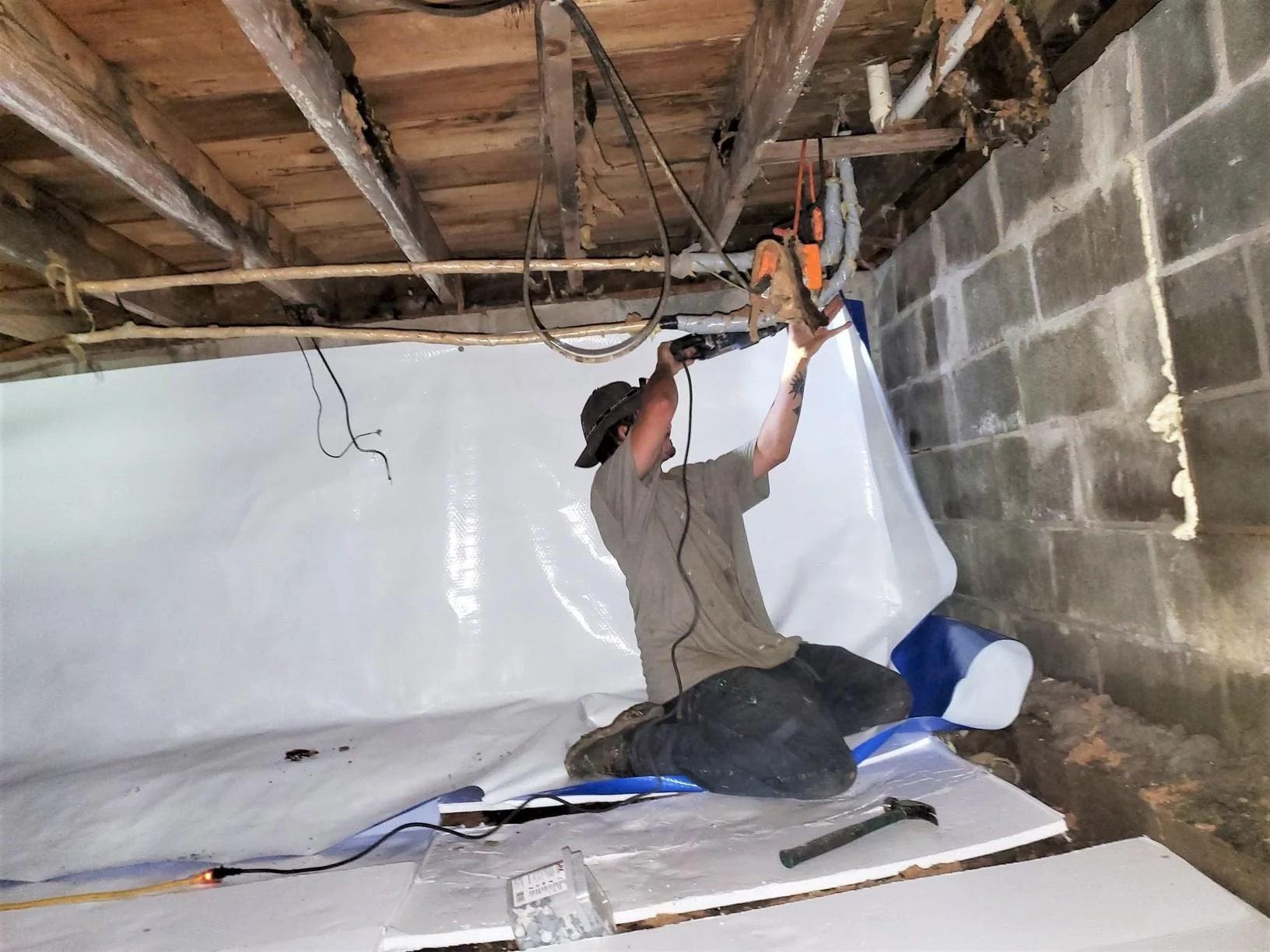
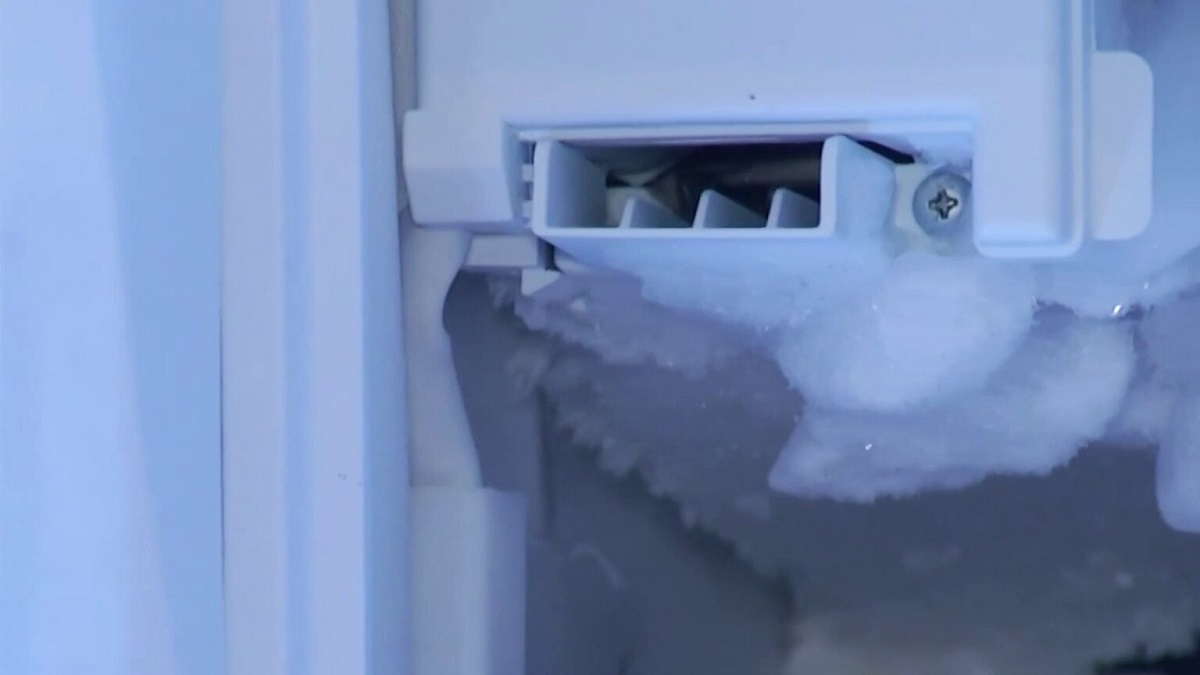
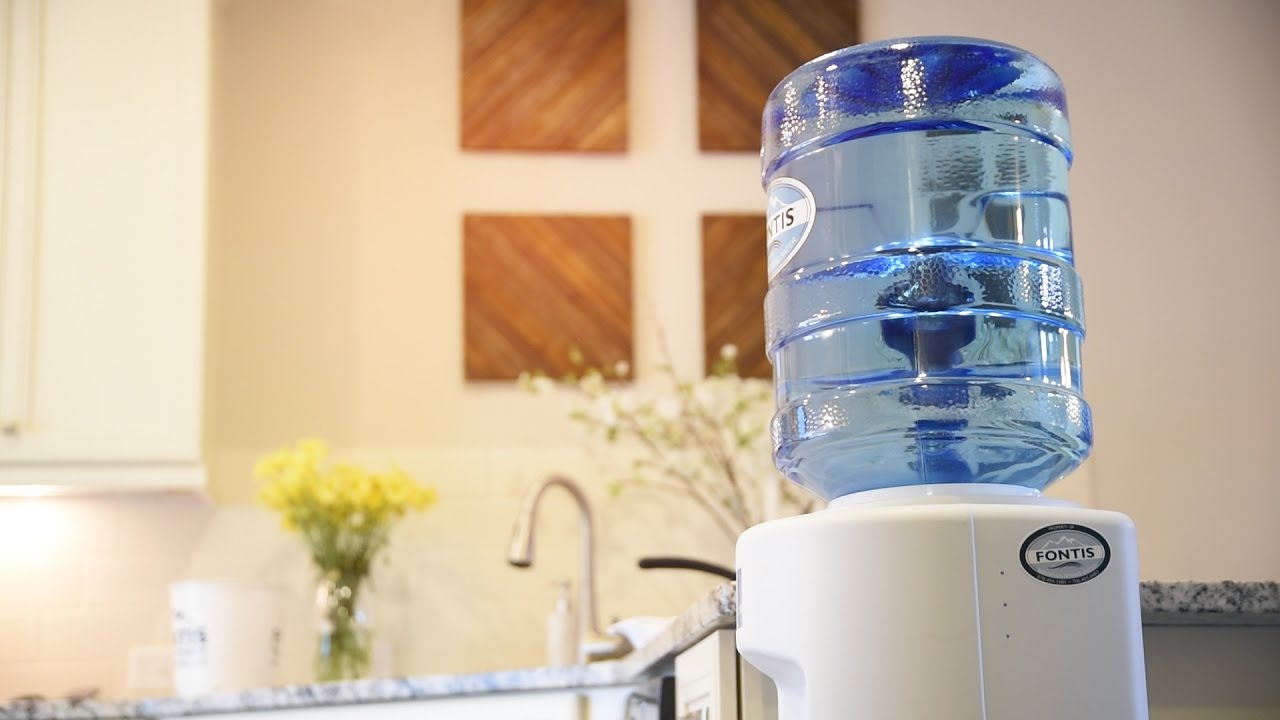
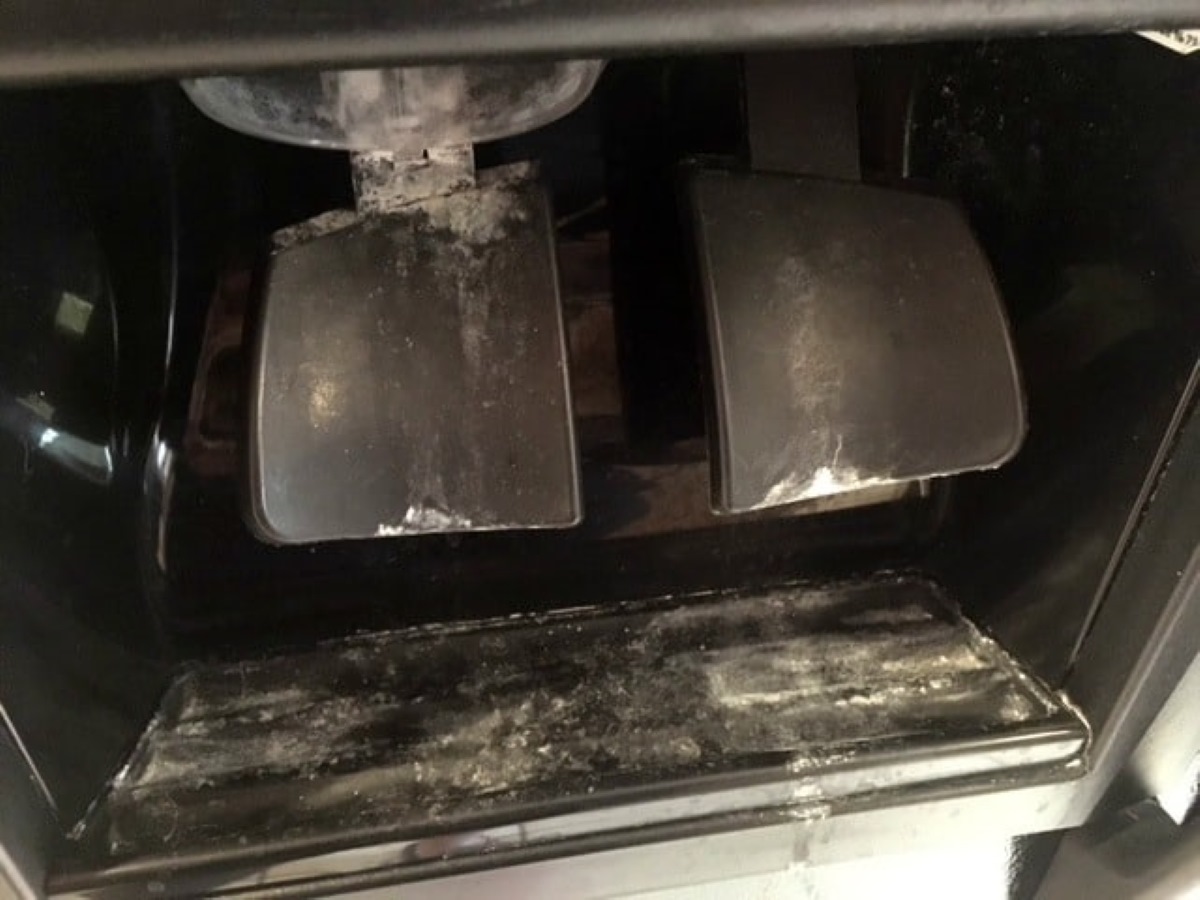
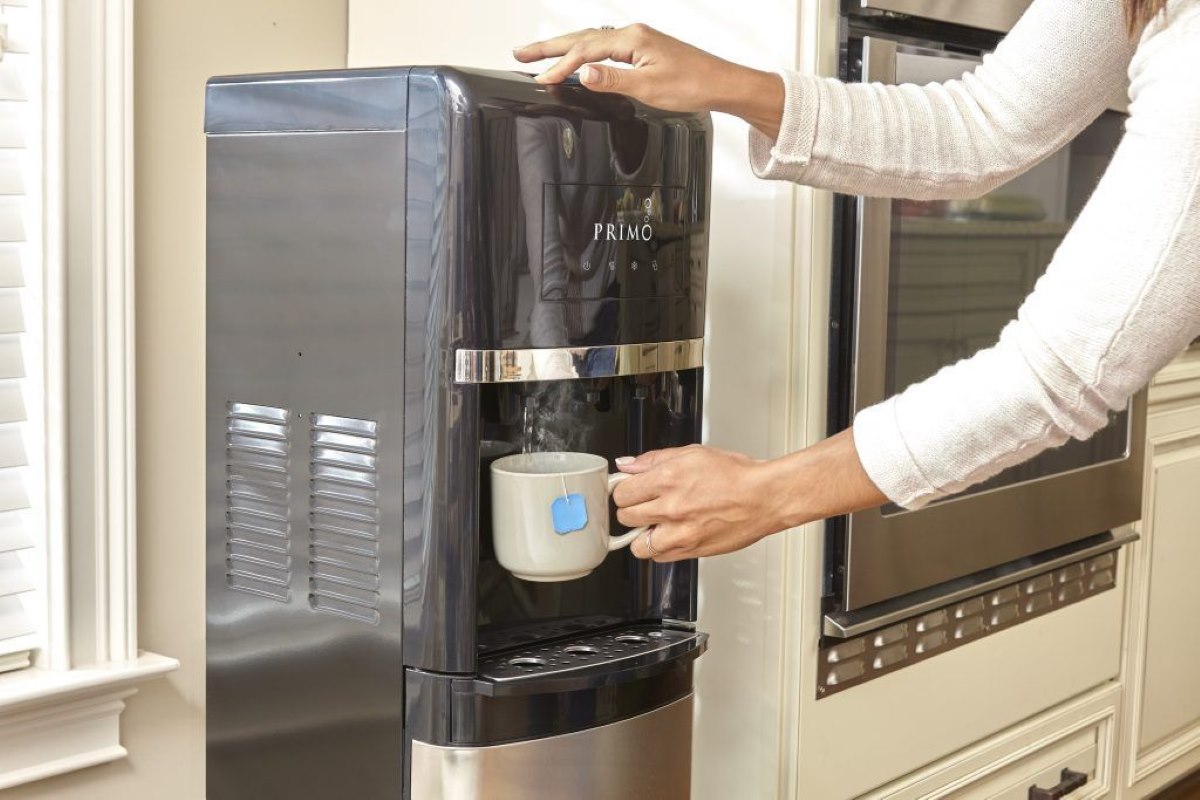
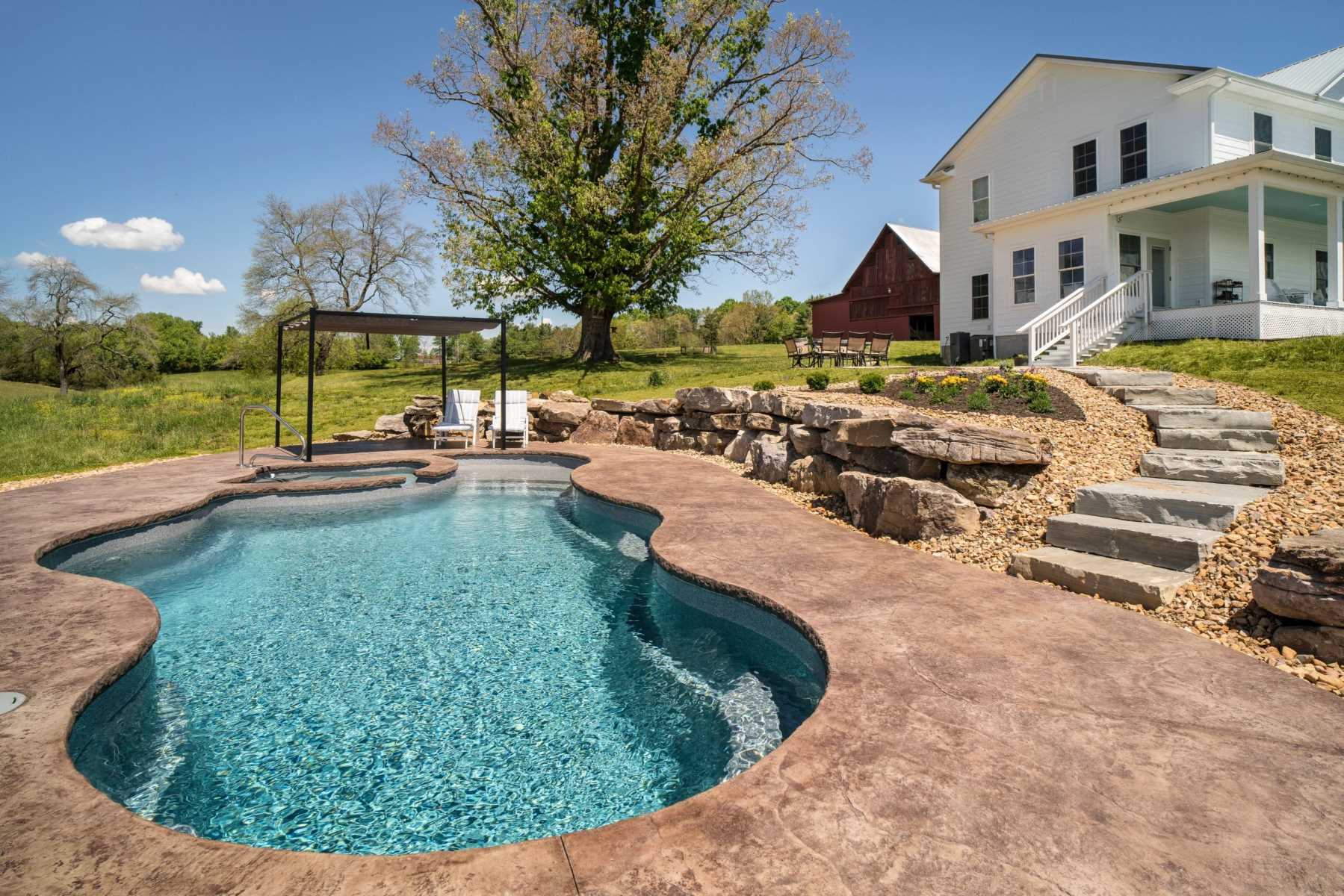

0 thoughts on “How To Keep Water Dispenser From Freezing”